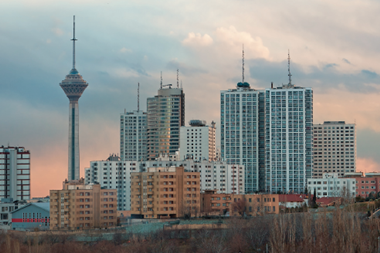There may be exciting developments in alternative energy, but they are not enough without nuclear power, Joseph Mariathasan argues
December will see the 2015 United Nations Climate Change Conference, COP 21 in Paris. The EU has set itself a long-term goal of reducing greenhouse gas emissions by 80-95%, compared with 1990 levels, by 2050, and they see the power sector as having the biggest potential for cutting emissions. Indeed, they believe it can almost totally eliminate CO2 emissions by 2050. The key to this is generating electricity through alternative energy sources, and electricity can also partially replace fossil fuels in transport and heating.
Increasing the use of alternative energy is seen as a critical route to take, whilst nuclear energy is still beset by worries over safety. Much of the attention has been given to solar photovoltaics and wind energy. Certainly, the generation of energy by photovoltaic solar cells has seen a massive increase of a factor of almost 300 between 2002 and 2013, according to Eurostat numbers. Current figures will be much higher still, driven by a reduced cost of production and heavy – albeit falling – government subsidies.
But a sense of reality may need to come into play now. The massive increase started off from a low base, when, in 2002, solar had almost a negligible amount of the total share of alternative energy production, whilst even in 2013 it still accounted for less than 4%. In fact, the majority of alternative energy in 2002 (55%) was produced by solid biofuels (excluding charcoal), and this percentage had only gone down to 46% by 2013, although total production of alternative energy virtually doubled.
The focus on alternative energy varies dramatically by country as well. The UK and Germany have seen the largest increases in the production of energy by alternative means, both tripling their totals during the period. In contrast, Scandinavian countries, traditionally thought of as being the most receptive, have not seen much increase, with Denmark seeing just a 60% increase in total production over the period, whilst Norway saw virtually none at all.
Photovoltaics have captured headlines a lot, but it is wind power that has increased the most, going from just 3% in 2002 to more than 10% in 2013. The Netherlands may still be the land of windmills, but, when it comes to utilising wind power, the figures tell a different story. Whilst its production of energy from wind has gone up by a factor of six from 2002 to 2013, that pales into insignificance when compared with France, whose production of wind energy increased by a factor of 60 during the same period. France started in 2002 by producing just one-quarter of the amount of wind energy produced by the Netherlands, but it ended 2013 by producing almost three times as much.
It does need a dramatic breakthrough in battery technology that would enable photovoltaics and wind to be able to supply power as and when needed, rather than only when the sun shines and the wind blows. Both power sources also suffer from a low value for energy density – you need to have a lot of land tied up in windfarms and solar cells to produce significant amounts of energy.
There are other sources of energy that may be more practical that do not require the burning of fossil fuels – what has been getting bad press, of course, is nuclear. Yet, despite the headlines and even the well-publicised disasters, it may still represent the best compromise if global warming is to be averted. Oxford University’s professor Wade Allison argues in his recent book – Nuclear is for Life: A Cultural Revolution – that current radiation regulations are based not on science but on 70 years of social and political reaction to fear. By freeing nuclear power from such science-blind restrictions, it could provide the plentiful cheap power needed to mitigate the effects of carbon. Whether you agree with his argument or not, the existential threat potentially posed by global warming means it does deserve a hearing.
Joseph Mariathasan is a contributing editor at IPE
























No comments yet